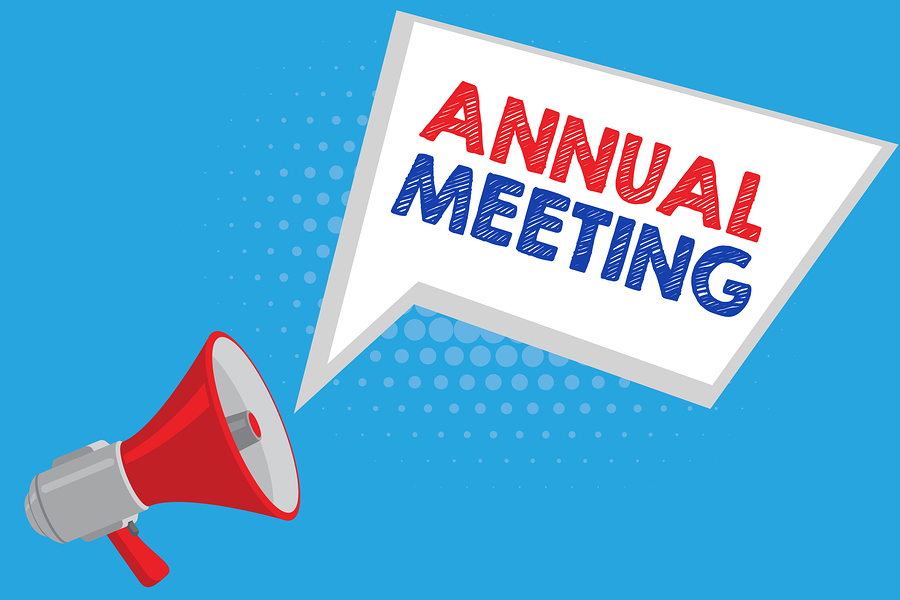
Gull Lake, Alberta | Photography by Jeremy D. Crawford
Presidents Letter to the GLWS Membership
We continue with three major initiatives designed to restore the lake level. The purpose of this letter is to update members between general meetings. I have also attached a new level graph updated to 2024 showing the lake just held its own over the winter.
On June 4th we participated in two important meetings related to lake level.
The first was an on-site meeting with Alberta Environment and Alberta Agriculture at the Gull Lake stabilization pump house where we reviewed how the filter would be installed in the 30-inch pipeline leaving the pump house towards the lake. We discussed the Stantec estimate of $570,000 for the filter installation and agreed that should be relatively easy to raise given the importance of the lake.
Then that afternoon we attended a meeting of the committee of the whole of the Lacombe County Council where presentations were given on all the initiatives that are underway to restore the lake level
It was a very informative meeting, there were four presentations;
So it was a pretty complete story. MY impression was that Lacombe council questions were very positive and there is council support for restoring the lake by all three mechanisms. It was generally agreed that adding filtration to the stabilization system would be the earliest way and the others are going to take longer but that we should continue to pursue all three. We will likely plan a similar meeting at Ponoka County later this summer.
We have just received the draft hydrology report from Alberta Agriculture and had a chance for a quick review. My preliminary review of the report confirms the value of the stabilization system:
Charitable registration
Given the active projects underway we realized that we would have an increased need for funding so we wanted to be able to give donors a tax-deductible receipt. The application to the Canada Revenue Agency was completed and we have answered questions and we hope to have charitable status in the next few months. Neil Skinner did the volunteer work to get the application complete. Dealing with the federal CRA does not proceed real quickly.
In the interim before registration, our arrangement with the summer village of Gull Lake where they receive funds and issue taxable receipts worked for several large donations.
We appreciate those of you who have already donated money to the GLWS in 2023 directly and we are issuing receipts to you, Unfortunately not yet tax deductible.
Alix and Buffalo Lake
As members know many lakes in Alberta are suffering from falling levels due to the current drought but we have a particular kinship with both Alix and Buffalo Lake as they have a stabilization system that pumps from the Red Deer River and is also shut down due to carp in that river. Lacombe County stretches over to Buffalo Lake so there were comments from the council about how our progress would benefit there as well
Membership and graphics
Board members Henry Brander and Jeremy Crawford have continued with their efforts to expand our membership and maintain a communication system with over 2400 members.
We will try to keep members informed as we address these important issues that face our lake. We also post this information on our website here > https://gulllakewatershed.
Best wishes to all for Summer 2024.
W Norval Horner
President, GLWS
You can send all donations via e-Transfer to donation@gulllakewatershed.ca
If you want to make a donation via Credit Card payment, please visit our Donations page for the credit card payment link > https://gulllakewatershed.
Please direct all questions or comments to our email address info@gulllakewatershed.ca.

GLWS NOTICE OF ANNUAL MEETING To be held at the Meridian Beach Hall – 285 Canal St. (*directions attached)at 10:00